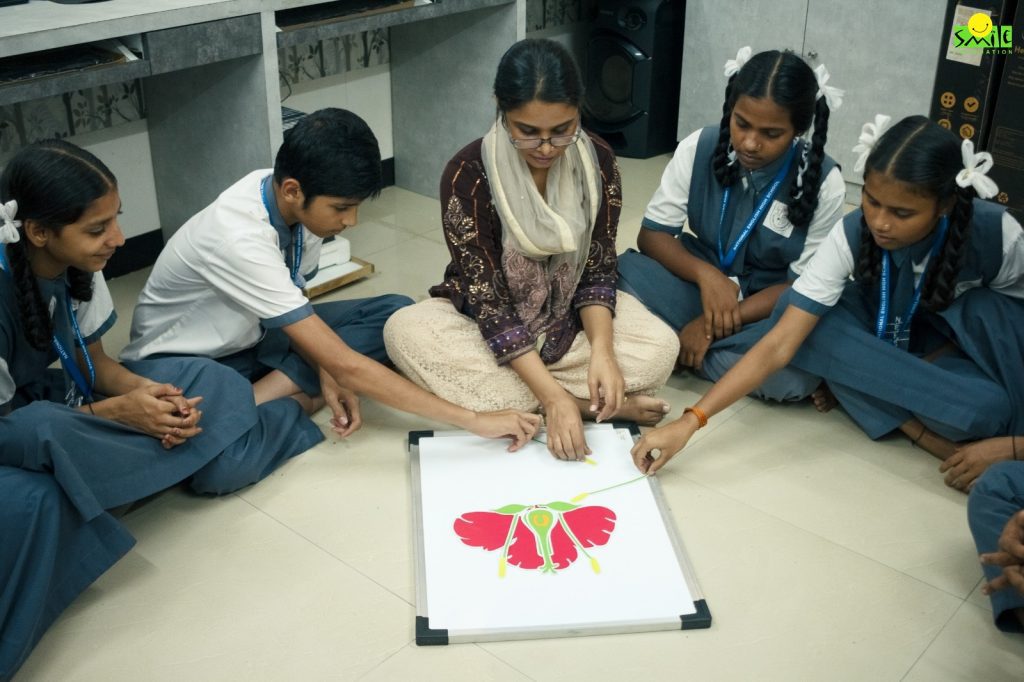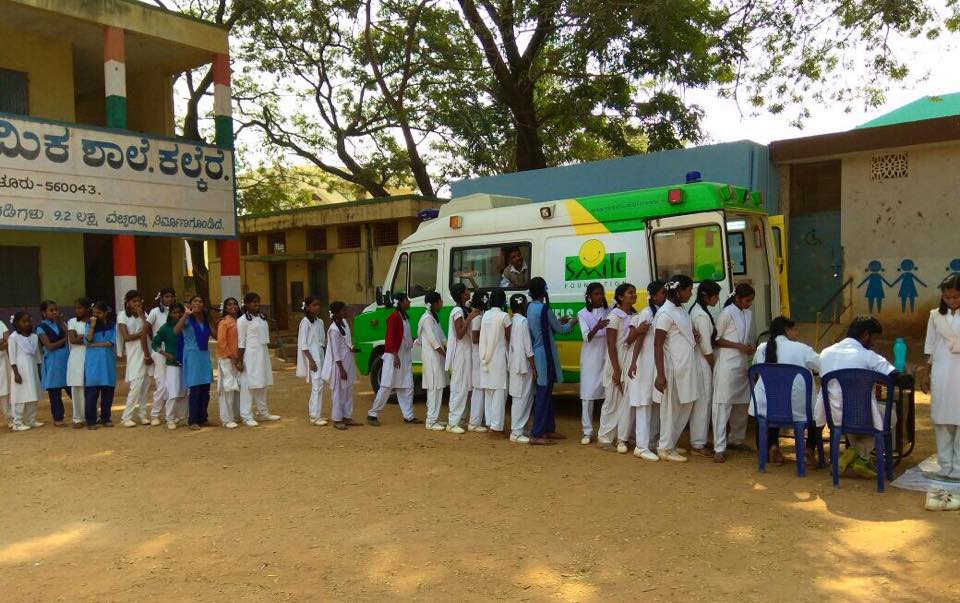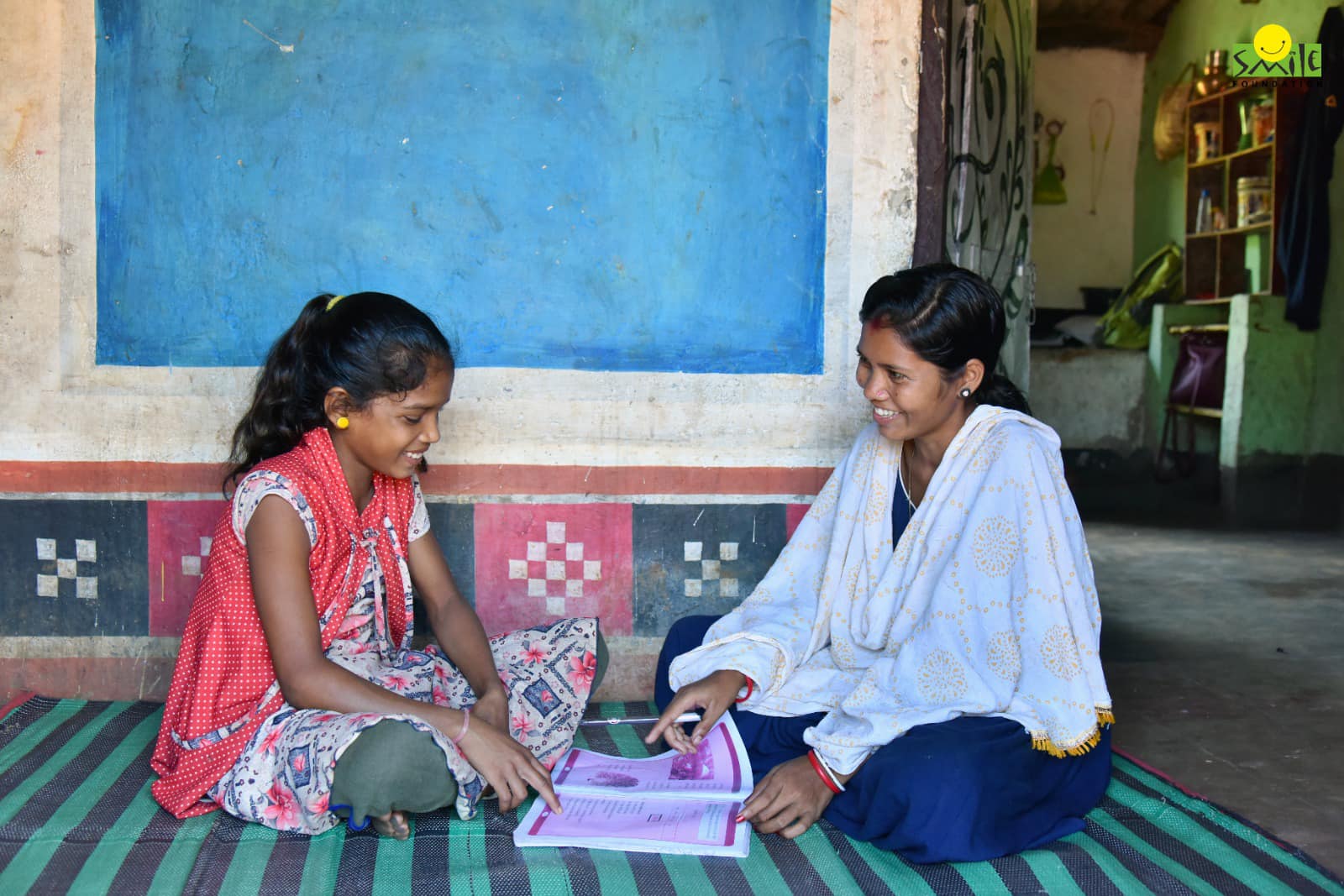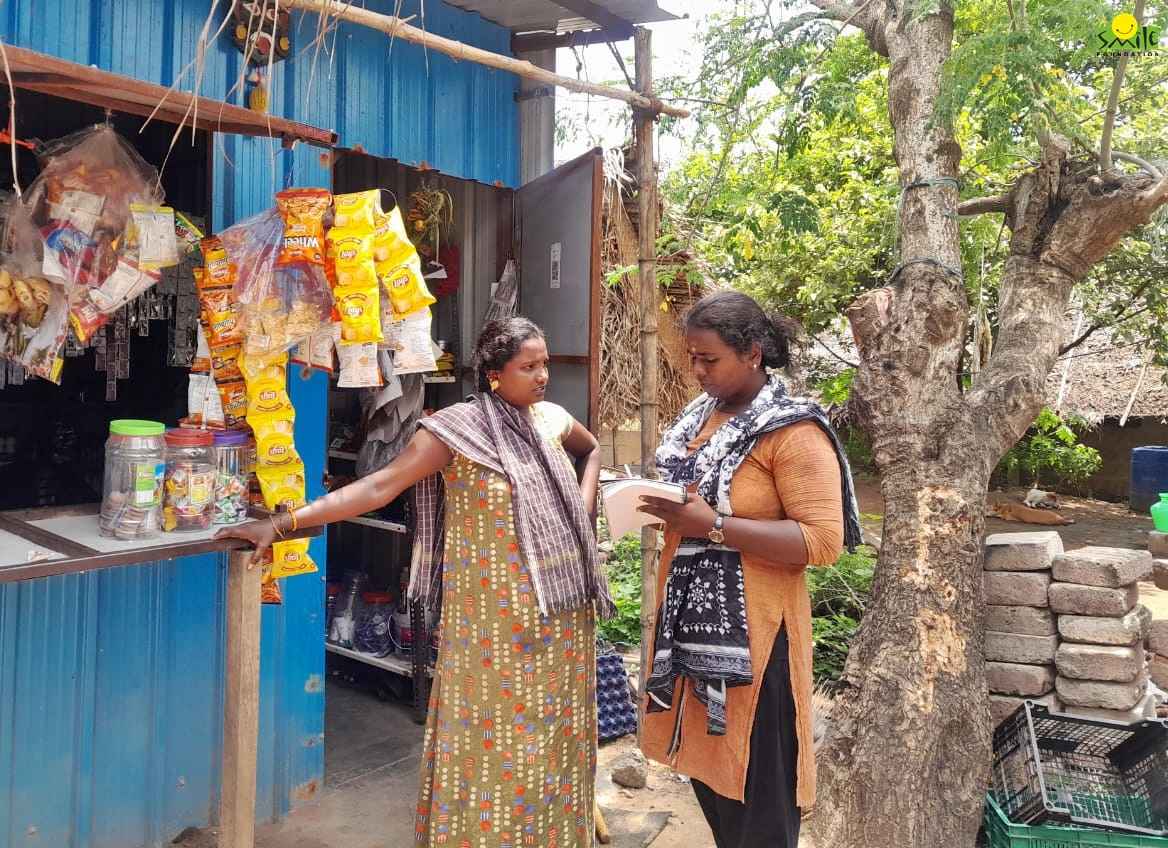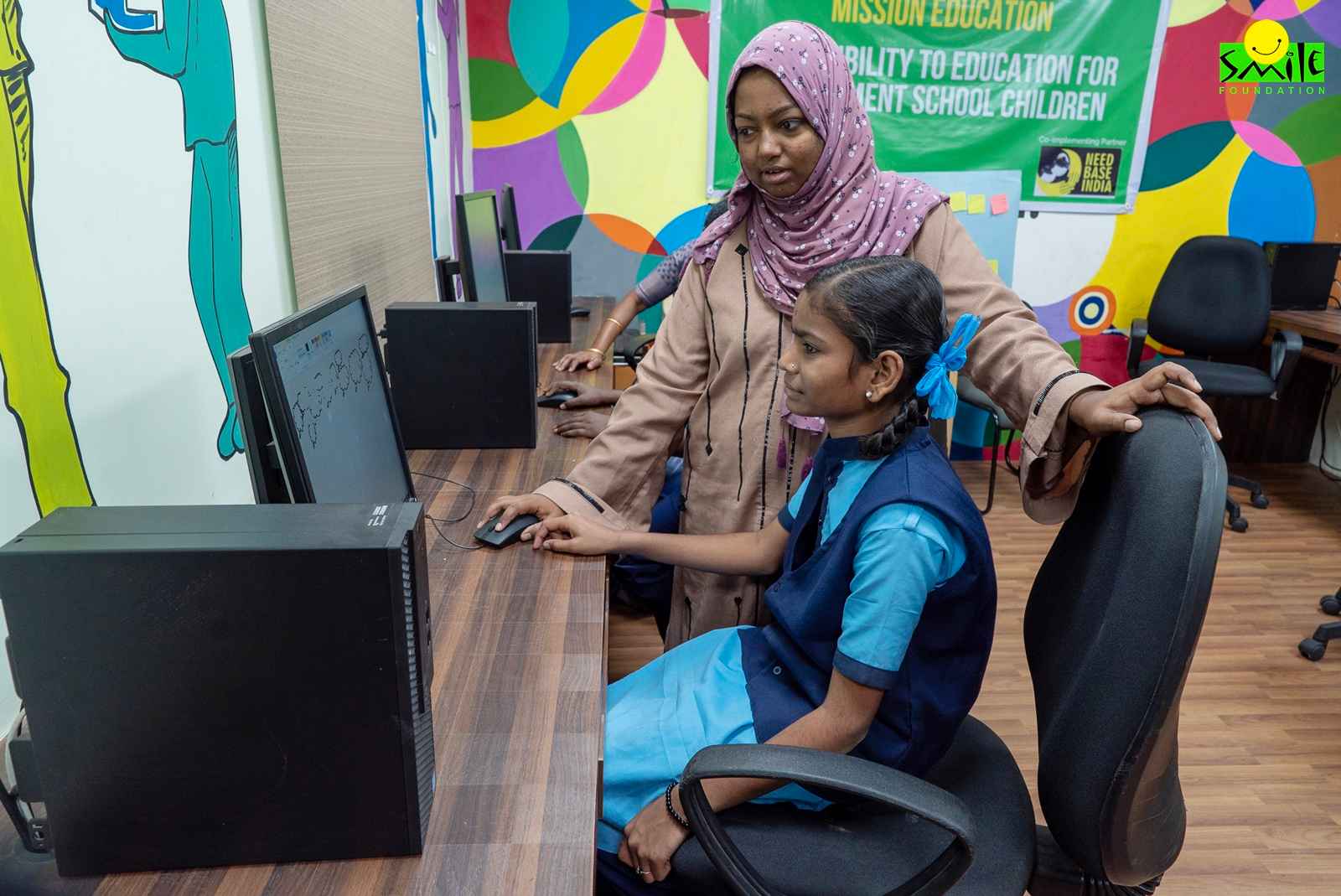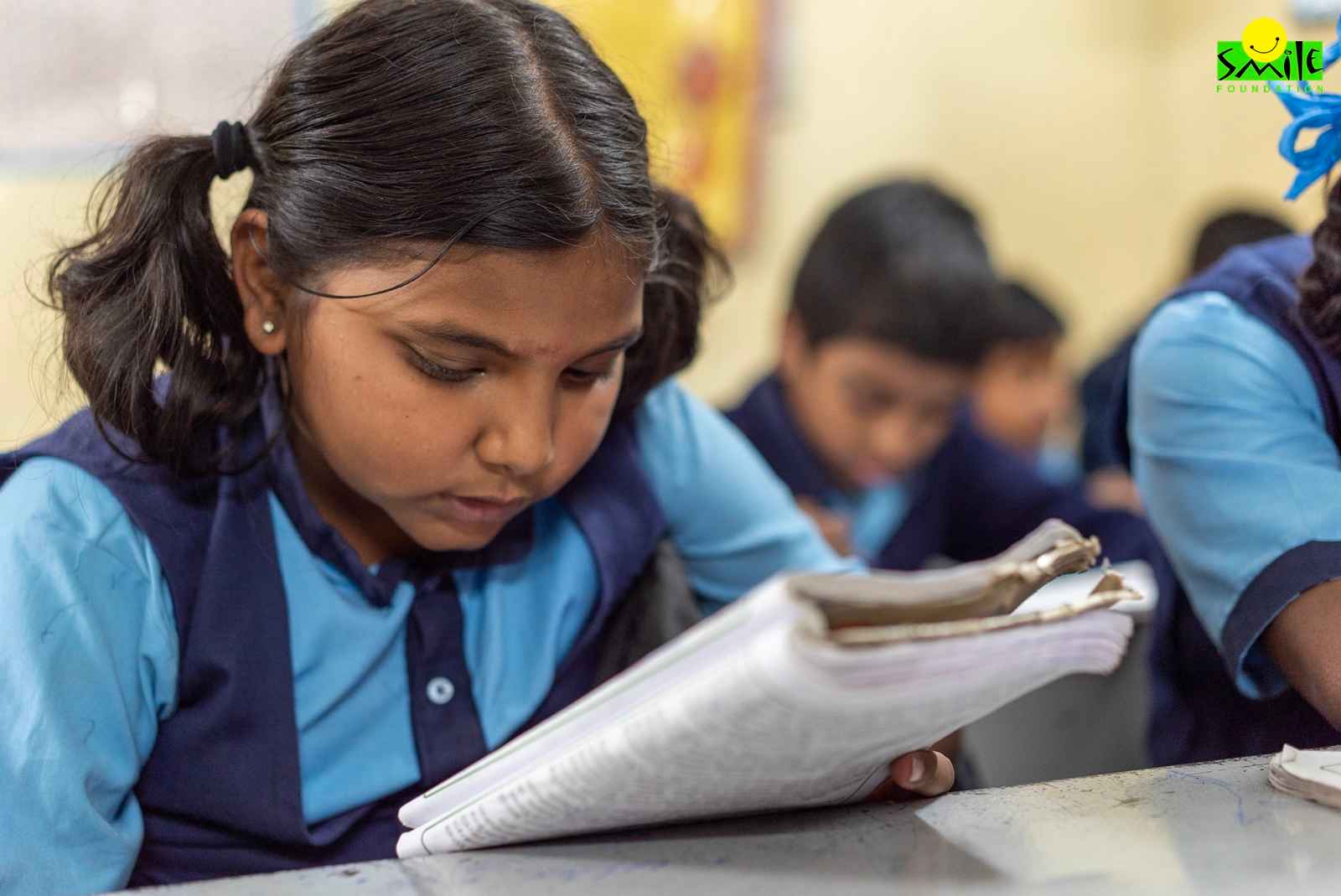India’s pursuit of scientific excellence in space exploration continued to soar with the third lunar mission, Chandrayaan-3 in the prestigious Chandrayaan series. As the Indian Space Research Organisation (ISRO) embarked on this ambitious lunar journey, it not only reiterates India’s commitment to space exploration but also underscores the pivotal role of STEM (Science, Technology, Engineering, and Mathematics) education in the nation’s scientific progress.
Chandrayaan-3: A Visionary Leap
Chandrayaan-3 symbolizes India’s bold strides in space exploration. While Chandrayaan-1 and Chandrayaan-2 were milestones in lunar science and technology, Chandrayaan-3 seeks to capitalize on this progress by focusing on a soft lunar landing. This endeavor signifies the aspiration of India to carve a distinctive niche for itself in the global space exploration arena.
The STEM Education Imperative
The Chandrayaan-3 mission serves as a poignant reminder of the critical significance of STEM education in India. Here’s why:
- Nurturing a Skilled Workforce: Successful space exploration demands an exceptionally skilled workforce in fields such as aerospace engineering, robotics, and astrophysics. STEM education is the bedrock upon which this talent pool is built.
- Cultivating Innovation: STEM subjects inherently promote critical thinking, problem-solving, and innovation— qualities indispensable for conceptualizing, constructing, and operating spacecraft and scientific instruments.
- Global Competitiveness: In an increasingly interconnected world, nations vie for supremacy not just in commerce but also in scientific achievements. A robust STEM education system equips India to stand toe-to-toe with the world in space exploration and technology innovation.
- Enabling Space Diplomacy: Space missions like Chandrayaan-3 foster international collaboration and diplomacy. STEM-educated professionals are better equipped to engage in collaborative projects, further enhancing India’s global standing.
Strengthening STEM Education in India
To fully harness the potential of STEM education, India must embark on a multifaceted approach:
- Early Exposure: Introduce STEM concepts at an early age to ignite the spark of curiosity and passion in students. Hands-on experiments, science clubs, and interactive learning can make STEM subjects engaging and relatable.
- Quality Education: Invest in teacher training and curriculum development to ensure high-quality STEM education. Exceptional educators have the power to inspire students and provide them with a robust foundation in STEM disciplines.
- Infrastructure and Resources: Outfit schools and colleges with modern laboratories, state-of-the-art equipment, and ample resources for hands-on learning. Access to updated technology is indispensable for students to grasp complex STEM concepts effectively.
- Scholarships and Incentives: Motivate students to pursue STEM disciplines by offering scholarships, grants, and incentives. Financial support can eliminate barriers and make higher education in STEM fields more accessible.
- Industry-Academia Collaboration: Foster collaboration between educational institutions and industry players. Real-world projects and internships can bridge the gap between theoretical knowledge and practical application, preparing students for STEM careers.
- Diversity and Inclusion: Promote diversity in STEM fields by creating an inclusive environment that welcomes individuals from all backgrounds. Diverse perspectives lead to more innovative solutions and broaden the horizons of scientific discovery.
Conclusion
Chandrayaan-3 serves as a potent symbol of the unwavering commitment of India to space exploration and scientific excellence. It also functions as a powerful reminder of the pivotal role of STEM education in nurturing the talent and expertise needed for such audacious endeavors.
Smile Foundation‘s STEM program is all about igniting curiosity and innovation amongst children in India. Promoting hands-on exploration and collaborative learning, the program is instilling critical problem-solving and teamwork skills enabling children to draw out their own life journeys.
By investing profoundly in STEM education, India can prepare its future generations to excel not only in space exploration but also in addressing multifaceted challenges across various sectors. The voyage to the moon may belong to Chandrayaan, but the journey to a brighter, more technologically advanced India is a collective endeavor, shared by educators, policymakers, and society at large.



